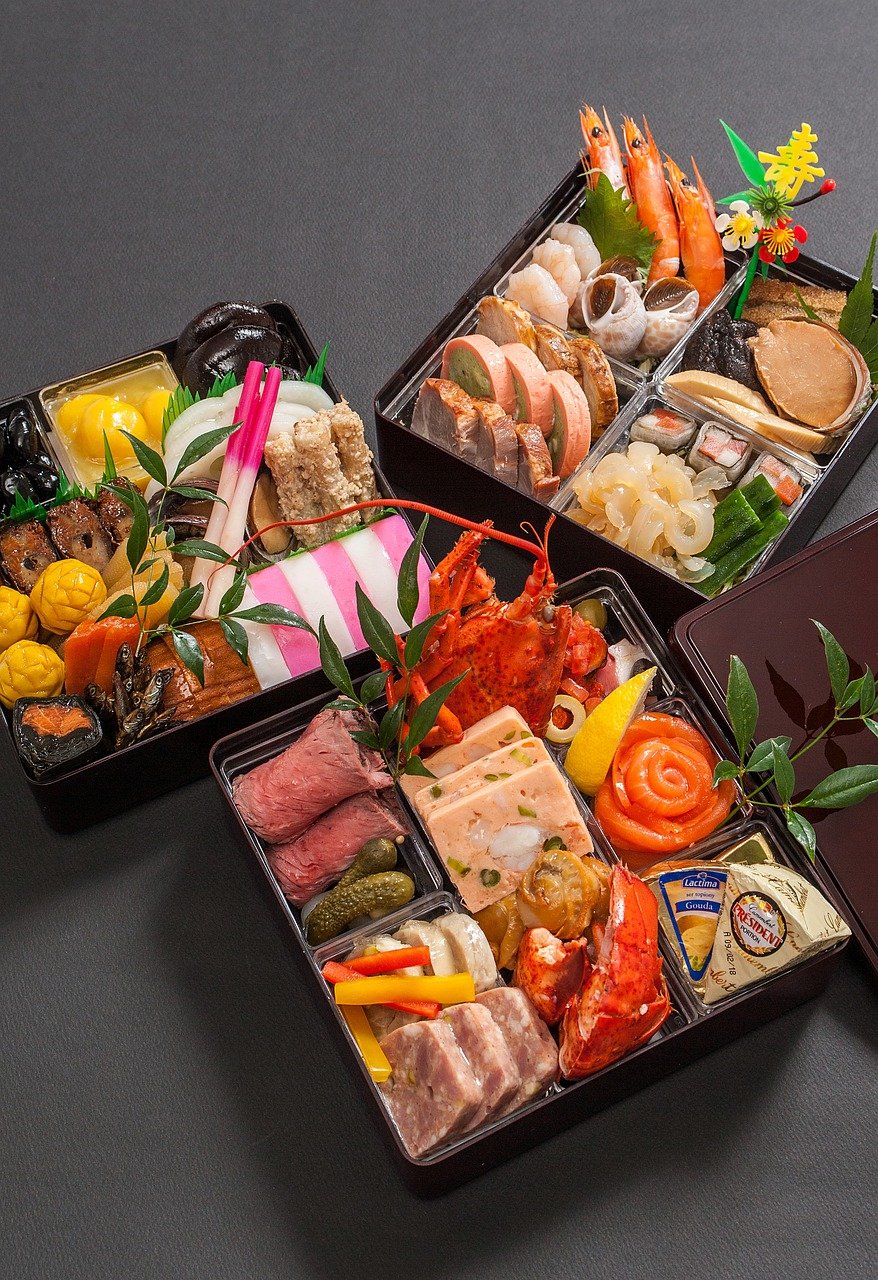10 Japanese New Year Customs and traditions
Every country in the world has its own customs and traditions. But unlike in the West, Japan has its own traditions to follow in a more peaceful and calm way. We always associate New Year’s Eve celebrations with fireworks and revelry. However, in Japan, families gather to celebrate the new year by cooking, eating, playing games, and praying. Read on to discover these New Year customs and traditions.
DEEP CLEANING

Photo by JESHOOTS.COM on Unsplash
A few days before New Year’s Day, most people deep cleaned their houses and even cars. In Japanese culture, it is believed that the New Year must begin with a clean slate to bring good luck into their homes. So it is the time to do major decluttering, whether your wardrobe, school supplies, refrigerators, or pantries. Indeed a clutter-free home is a good way to start the year.
NENGAJO
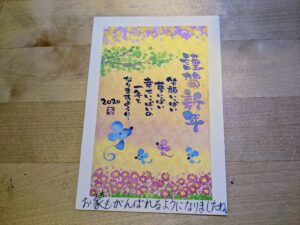
Nengajo New Year’s greeting card.
Nengajo is a popular New Years’ greeting card in Japan. Even at this time of social media and emails, nengajo still remains a top seller in supermarkets and convenience stores before New Year. People send nengajo to their friends and families before New Year’s Eve and the post office ensures the nenga are delivered on New Years Day.
TOSHIKOSHI SOBA
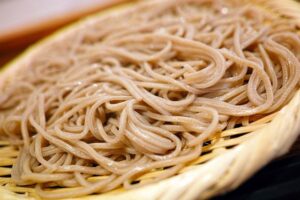
Soba. Image by takedahrs from Pixabay
Toshikoshi soba or otherwise known as year-end soba is eaten on New Year’s Eve. The noodles have no specific recipe, it can be enjoyed simply by dipping them in mentsuyu (soup base for soba and tempura) with green onions and tempura or just plain noodles. Each family has its own twist to the dish.
JOYA NO KANE
Buddhist temples all over Japan ring their bells at the stroke of midnight during New Year’s Eve. This event is called joya no kane, a ritual meant to drive off the negative emotions from the past year. The bell is rung 108 times which represents the number of human desires which lead to pain and suffering according to the Buddhist faith.
OSECHI RYORI
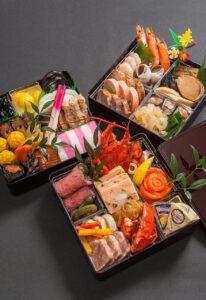
Osechi ryori
Osechi ryori is the first meal of New Year’s Day. The feast is composed of small meals such as datemaki (sweet rolled omellette), kuri kinton (candied chestnuts and sweet potatoes) , tazukuri (candied sardines) kuromame (sweet black beans), simmered shrimp, and kamaboko (decorative fish cakes). It representing luck, prosperity, and good health for the new year. In the past, it is carefully planned and prepared for all the members of the family but in present times, you can order in advance before New Year’s day from supermarkets and department stores.
OTOSHIDAMA
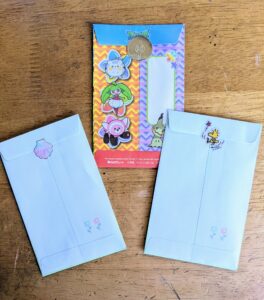
Otoshidama
Otoshidama is a tradition of handing out money to small children in small decorative envelopes during New Year’s Day. The amount is not that big enough but it is something fun the kids will look forward to.
MOCHI
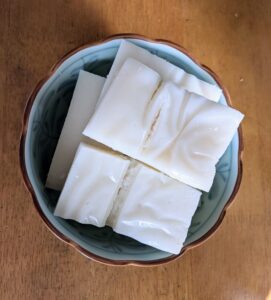
Mochi cubes.
A chewy rice cake, mochi is a New Years’ food in Japan. It is prepared with lots of time and effort. Some communities held mochitsuki or rice cake pounding which is a popular winter activity as well. It is formed into squares or balls and eaten with soy sauce, nori (seaweed sheets), kinako powder, and azuki (red bean paste). It is also used as house decorations called kagami mochi.
HATSUMODE
Many people flock to the shrines and Buddhist temples during the first days of New Year. This is called hatsumode, the first shrine visit of the year to make wishes, pray and buy lucky charms. It is a festive event and there are lots of food stalls that add excitement to the place and occasion.
HATSUHINODE

Sunrise at Mt. Fuji. Photo by Clement Souchet on Unsplash
Hatsushinode is the first sunrise of the year which is anticipated by many people. The most famous spot to observe the first sunrise of the year is Mt. Fuji which is truly breathtaking and popular. But most people can’t climb to the mountain top so they just do it on beaches, observatories, and other places which offer a good view of the horizon to catch the Hatsuhinode and pray for good fortune in the coming year.
FUKUBUKURO

Image by Ulrike Leone from Pixabay
For those who love to shop at incredibly low prices, it’s always good to do it during the New Year’s season when fukubukuro (surprise bags at department stores) are displayed. They come in attractive bags sold at different price ranges which people buy without knowing inside. Because it seems fun to buy these bags, they sell out fast and are popular during this period of the year.
Wherever you live in the world, it’s always best to experience something different during the New Year’s season and make you an open-minded individual.
hatsuhinode hatsumode joya no kane mochi nengajo New year's tradition in Japan osechi ryori otoshidama toshikoshi soba
